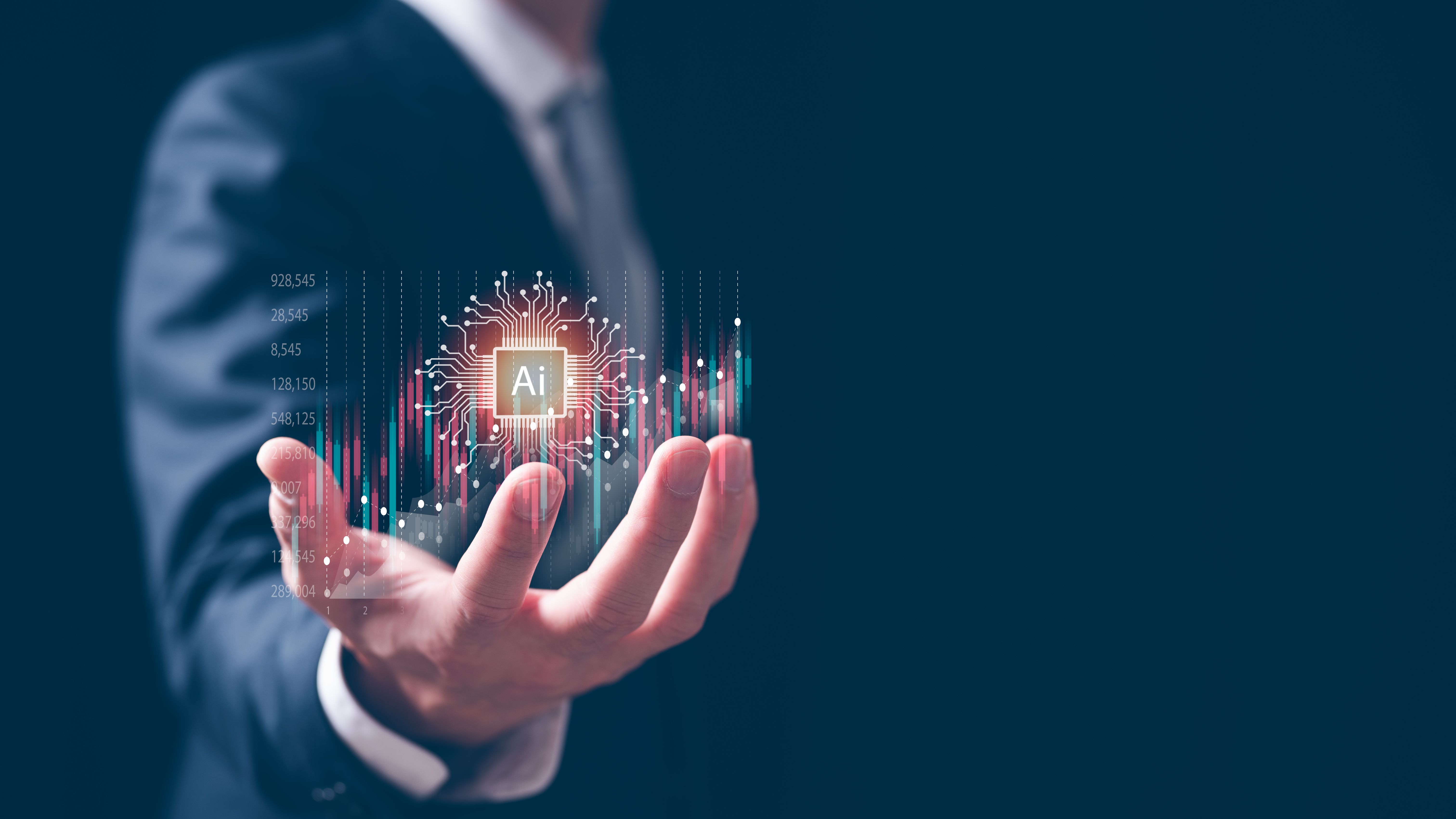Mastering AI in Trading: A Guide to Building Your Own ChatGPT-Powered Bots
In recent years, the intersection of artificial intelligence and trading has captured the attention of both seasoned traders and tech enthusiasts. The potential for AI to analyze vast datasets and make informed trading decisions is a game-changer. One exciting development in this space is the use of ChatGPT-powered bots. These AI-driven tools are transforming how traders operate, offering unprecedented insights and automation capabilities.
Building your own ChatGPT-powered bot for trading requires a blend of technical know-how and market understanding. While it might seem daunting at first, breaking down the process into manageable steps reveals a clear path towards successful implementation.

Understanding AI and Trading
Before diving into the creation of a bot, it's crucial to grasp how AI can be leveraged in trading. AI algorithms excel at processing large volumes of data, identifying patterns, and making predictions. In trading, this translates to faster analysis of market trends, improved accuracy in forecasting, and a competitive edge over traditional methods.
ChatGPT, an advanced language model, adds another layer of sophistication. By interpreting natural language inputs, it can assist in generating trading strategies, performing sentiment analysis on market news, and even engaging in user interactions with a conversational interface.
Setting Up Your Trading Bot
Define Your Objectives
Start by clearly defining what you want your ChatGPT-powered bot to achieve. Are you looking to automate trading decisions, generate insights, or provide trading advice? Establishing specific goals will guide the development process and ensure your bot aligns with your trading strategy.
Gather the Right Tools
To build a ChatGPT-powered bot, you'll need access to several tools and platforms:
- OpenAI API: This is essential for integrating ChatGPT functionality into your bot.
- Trading Platform API: Choose a platform that allows programmatic access to execute trades.
- Coding Environment: Familiarize yourself with a programming language such as Python, which is widely used for creating trading bots.
Develop and Test Your Bot
With your objectives clear and tools in hand, you can begin developing your bot. Write scripts to connect ChatGPT with your trading platform API, ensuring it can analyze data and execute trades based on predefined criteria. Testing is essential; use historical data to simulate trading scenarios and refine your bot's algorithms.

Monitoring and Optimization
Once your bot is up and running, continuous monitoring is key. Trading environments are dynamic, and your bot's performance can be influenced by market volatility. Regularly assess how well your bot meets its objectives and make necessary adjustments. Optimization involves refining algorithms for better accuracy and efficiency.
AI-driven trading bots aren't set-and-forget solutions; they require ongoing attention. Stay updated with advancements in AI technologies and market trends to keep your bot competitive. Consider incorporating features such as machine learning models to enhance decision-making capabilities over time.
The Future of AI in Trading
The integration of AI into trading is only expected to grow. As technology evolves, so do the possibilities for innovation within this space. Traders who embrace AI tools like ChatGPT-powered bots position themselves at the forefront of this digital transformation.
By mastering the art of building and managing these bots, you not only enhance your trading strategy but also gain valuable skills in AI application. Embrace the journey into AI-powered trading and unlock new potentials for profitability and efficiency.
ChatGPT Stock Trading Millions: Use ChatGPT To Build Bots! | Member area and video courses
